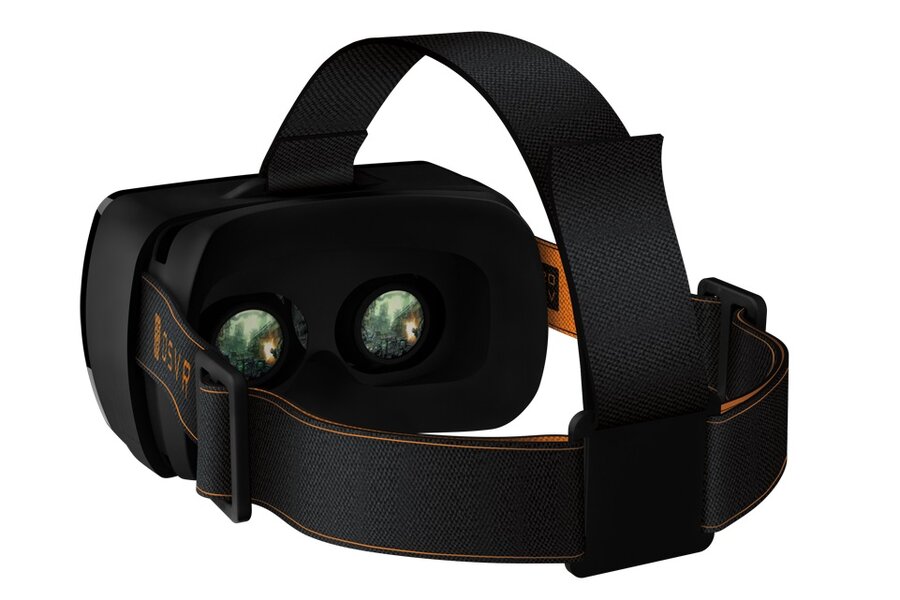CES 2015: Razer's OSVR Hacker kit aims to kickstart the virtual reality industry
Loading...
Virtual reality made headlines throughout 2014, but for all the news articles and hype, the technology has been a little slow to reach store shelves.
If you wanted to go out and buy a VR headset right now, the Samsung Gear VR would really be your only option. (The Oculus Rift is still being developed, and won’t be available until later this year.)
But gaming hardware maker Razer is looking to nudge things along. At CES 2015, the company introduced Open Source Virtual Reality (OSVR), a virtual-reality headset and software platform that’s designed to kickstart the consumer virtual-reality industry.
By opening OSVR’s hardware and software details to developers and manufacturers, Razer is hoping to do for the virtual reality market what Android did for mobile – namely, allow an industry to bloom as companies and individuals build on each other’s advances.
Razer chief executive Min-Liang Tan says in an interview with Engadget’s Ben Gilbert that virtual-reality headsets have been in “development kit/prototype limbo” for too long, and that giving other companies access to OSVR will help bring VR to consumers more quickly. OSVR supports a variety of displays and control schemes, and will soon work with popular game engines such as Unity 3D.
The headset itself, known as the OSVR Hacker Dev Kit, has a 1920-by-1080 screen and is designed to allow developers to test different pieces of software. (The built-in screen can even be replaced with a mobile phone, allowing the Hacker Dev Kit to function similarly to a Samsung Gear VR.) It’s not quite as polished as the Oculus Rift, because it’s meant to allow companies and individuals to experiment with different controllers and software implementations. The goal is to make it easy for companies to make games that work with all VR headsets – since no one wants to buy an Oculus headset only to find that their favorite 3-D game only works with Samsung units. Right now, apps built in OSVR can run on Windows, Android, and Linux. The company plans to add support for more operating systems soon.
The OSVR Hacker Dev Kit will be available by June, and will cost a penny under $200. Razor also plans to post the design of the headset online so that anyone with access to a 3-D printer can make one. The software will be publicly released at the Game Developers Conference, which runs from March 2-6 in San Francisco.






